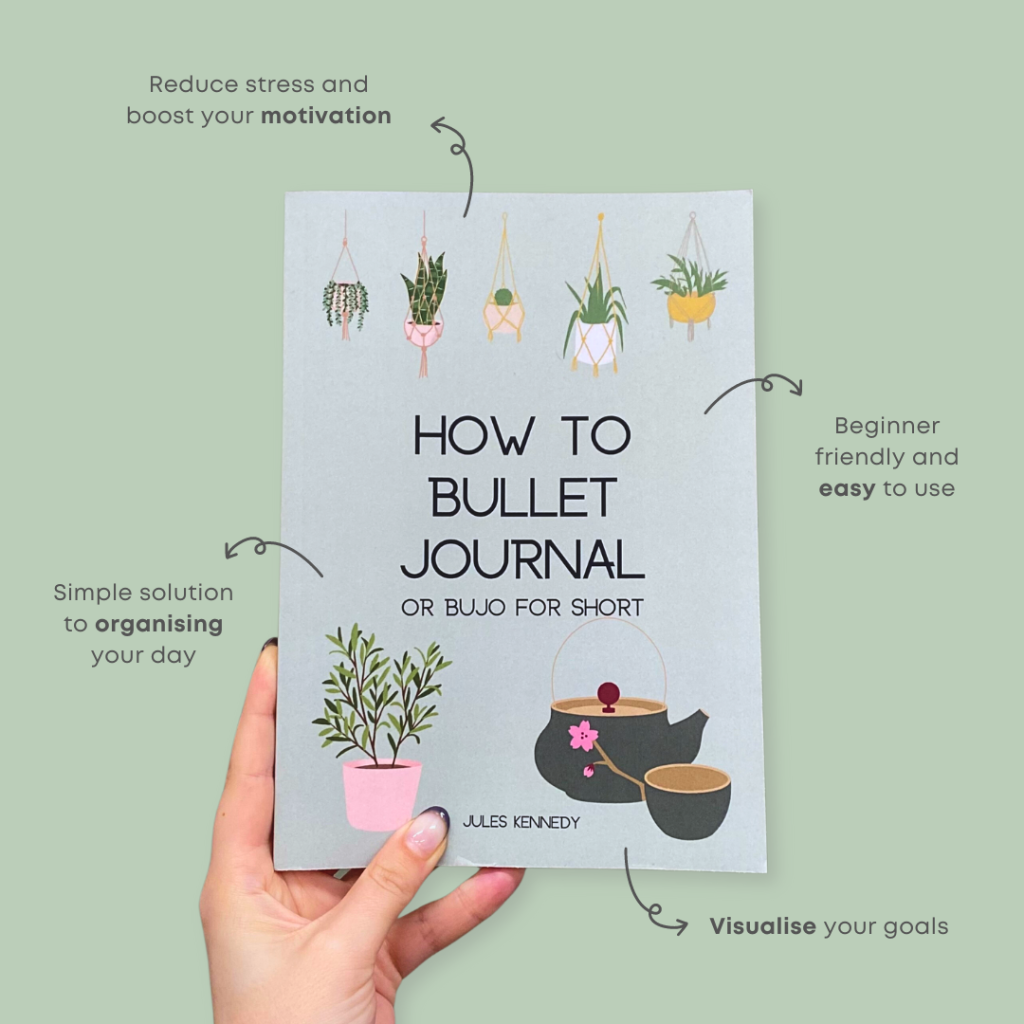
Reflect on Your Progress to Prepare for Success
Half-term is here and we’re sure that lots has happened during this school year already! Sure, it may not feel like it
The first month of the year is nearly over, and this is the perfect time to check in with yourself post-January blues. Are you taking a few moments each day to truly be present and be mindful? If not, don’t worry, it’s never too late to increase the number of mindful moments in your life.
And guess what?
Bullet journaling is a fantastic tool for enhancing mindfulness. Its power lies in its simplicity and flexibility, allowing you to adapt it to suit your needs and lifestyle. Embracing bullet journaling as a daily practice can help you develop a present, intentional, and reflective mindset.
At its core, bullet journaling is a method of personal organisation in short form. It involves jotting down quick notes or ‘bullets’ to plan your tasks or events. If you find regular journaling time-consuming, then bullet journaling is the perfect solution for you.
But bullet journaling can be much more than a simple productivity tool. With a few mindful tweaks, your bullet journal can become a powerful instrument for enhancing mindfulness. You won’t go back to boring ‘to-do’ lists once you’ve learnt this way to sort out your life.
Mindfulness is the practice of paying attention to the present moment, and it has been linked to numerous physical and mental health benefits. Bullet journaling fosters mindfulness by encouraging you to focus on the ‘here and now’. Sitting to jot down your thoughts, tasks, or memories makes you slow down and pay attention to your inner state and surroundings.
Create a habit tracker for mindfulness activities such as meditation, yoga, or deep breathing exercises. Each time you perform these activities, mark it in your journal. This visual representation of your progress can help you to keep the habits and make mindfulness a part of your everyday life.
Dedicate a space in your journal for things you’re grateful for. Each day, write down something – no matter how small – that made you smile or warmed your heart. This practice can foster positive emotions and a sense of appreciation for life’s simple pleasures.
Note down how you’re feeling each day. This can help you to understand your emotions and how they influence your thoughts and actions. The more you are in tune with your emotions, the better you can identify patterns and increase your well-being.
Use your bullet journal as a space for reflection. Write about your experiences, thoughts, and feelings. This process of self-reflection can create an understanding of yourself and your reactions to different situations. It’s a great place to record those ‘aha!’ moments or ponder those ‘Hmm’ ones.

Start your bullet journaling journey now with our book – ‘How to Bullet Journal (or BuJo for Short)‘, a simple but effective guide to daily journaling.
This easy-to-use beginner guide will introduce you to BuJo, and you’ll quickly see how you can easily track everything in a visual and organised way. You won’t want to go back to the boring ‘to-do’ list once you’ve learnt this way to sort out your life.
Remember, there is no ‘right’ or ‘wrong’ way to maintain a bullet journal. It’s a personal tool that should be used to fit your life and needs. So, grab your favourite pen, and embark on the journey of mindful bullet journaling!
Follow us on social media!

Half-term is here and we’re sure that lots has happened during this school year already! Sure, it may not feel like it

When times get tough and everything is all piling in, remaining positive can be really hard. Whether it’s juggling work deadlines, dealing

This week is National Work Life Week, an annual campaign with the aim of getting people to talk about their wellbeing at